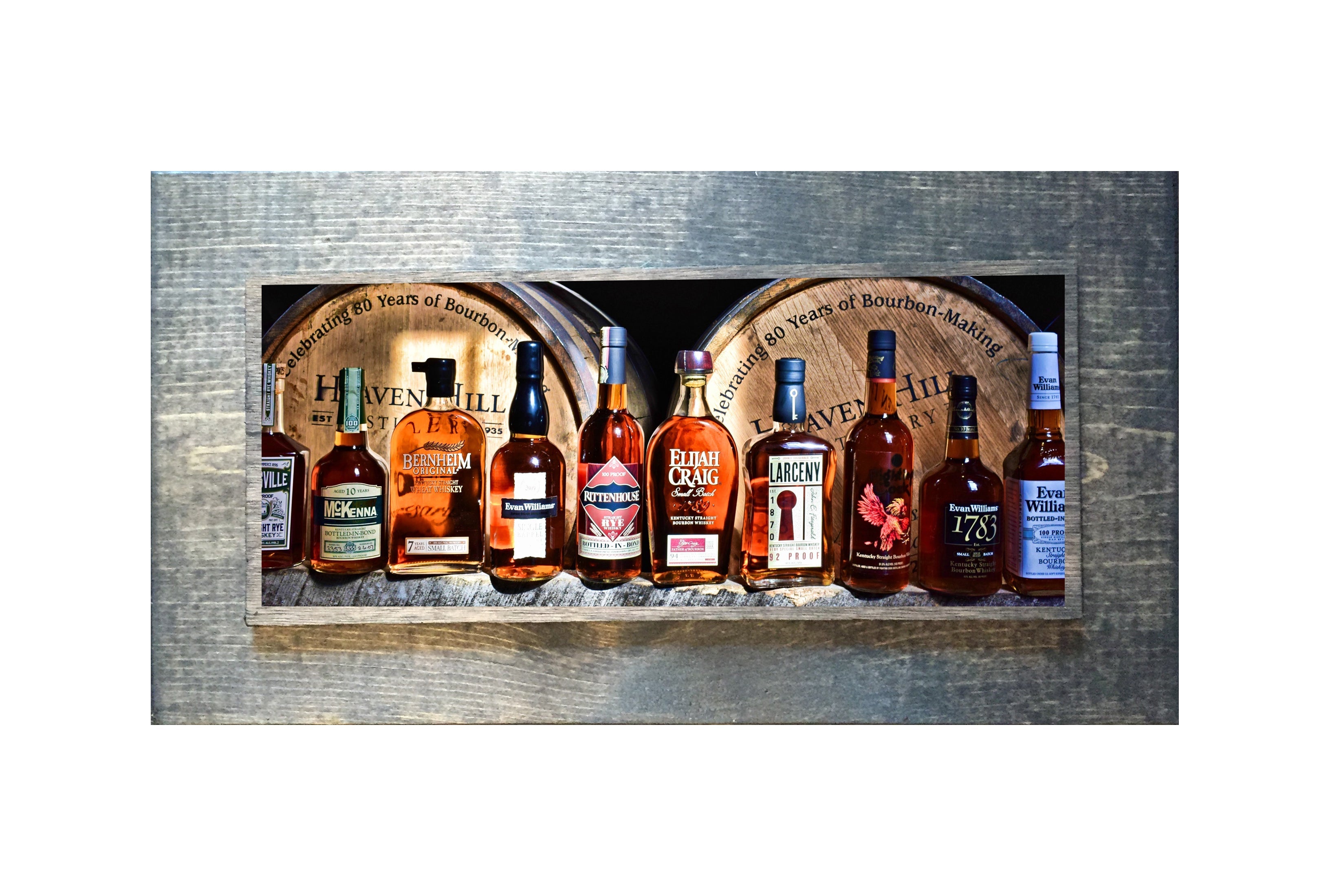Catching the Essence of Whiskey Art Through One-of-a-kind Aesthetic Representations and Styles
The art of scotch prolongs beyond the liquid itself, materializing via a variety of aesthetic depictions that envelop its fabled heritage and workmanship. What stays to be uncovered is just how these advancing designs show not only the whiskey itself but additionally the altering landscape of artistic interpretation. Limited Edition.
The History of Scotch Art

As scotch production spread, so too did the wish to elevate its experience through art. From the detailed inscriptions on very early casks to the fancy tags of modern bottles, each component shows a distinct artistic vision, acting as a visual narrative of the whiskey's heritage.
In the 18th and 19th centuries, the increase of the commercial change additionally boosted bourbon art, resulting in innovative product packaging and advertising that recorded customer attention. Developers and musicians started explore aesthetics, imbuing whiskey-related imagery with symbolic significances that conveyed notions of custom, workmanship, and neighborhood.
Today, whiskey art remains to advance, mixing standard techniques with modern art types. Realism Art. This continuous discussion in between the spirit and its aesthetic depiction underscores the long-lasting bond in between scotch and society, enhancing the overall experience for fanatics worldwide
Iconic Container Styles
While many elements contribute to the allure of bourbon, iconic container styles play a crucial function in forming consumer assumption and enhancing the overall experience. The visual presentation of whiskey bottles is not just an aesthetic consideration; it serves as a bridge between the product and the consumer, stimulating feelings and setting expectations.
Distinct shapes, materials, and closures can boost a scotch brand name's identity, making it instantaneously identifiable on congested shelves. For instance, the timeless Glenfiddich container, with its classy tapered silhouette, shares a sense of custom and workmanship, while the vibrant, contemporary design of the Balvenie bottle reflects advancement and elegance. Furthermore, making use of colored glass or unique appearances can suggest the high quality and character of the scotch within.
Iconic designs often incorporate components of cultural heritage, signifying the brand name's history and connection to its roots. Brands like Jack Daniel's make use of a straightforward, durable design that resonates with its American whiskey heritage. Ultimately, the influence of bottle design expands beyond simple performance; it envelops the essence of the brand name, inviting consumers to check out and indulge in the rich tapestry of bourbon society.
Label Art Work and Branding
Container styles usually establish the stage of what consumers can expect, but tag artwork and branding play a similarly substantial role in connecting a whiskey's identity. The label functions as the very first point of call between the item and the consumer, enveloping the essence of the scotch within its aesthetic aspects.
Efficient label artwork incorporates typography, color, and images to create a story that reverberates with the brand name's heritage and target market. A label including classic typefaces and complex illustrations might stimulate a feeling of custom and craftsmanship, appealing to connoisseurs. On the other hand, bold colors and contemporary style components may draw in a more youthful group looking for technology and exhilaration.


Digital Photography and Visual Storytelling
Recording the discover this info here significance of scotch with digital photography and aesthetic storytelling is an art type that elevates the brand experience. This tool goes beyond simple product representation, delving into the detailed stories that surround each container. By employing compelling imagery, professional photographers can stimulate emotions that resonate with customers, inevitably creating a much deeper connection to the scotch brand name.
Visual narration in whiskey digital photography usually makes use this of abundant textures, lights, and make-up to highlight the one-of-a-kind qualities of the spirit. The interplay of light and shadow can highlight the amber shades of whiskey, while the choice of background components-- such as rustic barrels or elegant glasses-- can strengthen the brand's heritage or lifestyle associations.
In addition, recording the ceremonial facets of scotch consumption, from the putting to the tasting, invites customers right into a sensory experience, enabling them to visualize the flavors and scents that await. Each picture not only showcases the item yet likewise informs a tale of workmanship, custom, and the minutes that whiskey can enhance - Whiskey Art. Therefore, photography becomes a powerful tool in articulating the identity of whiskey brands, positioning them within the broader social landscape
Arising Patterns in Scotch Art
The advancement of whiskey art is significantly formed by modern fads that reflect broader social shifts and consumer choices. This change not only highlights the relevance of sustainability however additionally enhances the story surrounding bourbon production.
Additionally, electronic art has risen in popularity, enabling ingenious depictions of bourbon. Musicians are leveraging technology to craft immersive experiences, such as augmented truth installations that engage viewers and supply a much deeper understanding of whiskey's cultural value. This pattern also reaches social media sites systems, where visually striking content garners interest and promotes neighborhood among fanatics.
Furthermore, collaborations between scotch brand names and musicians are ending up being much more commonplace. These partnerships yield limited-edition product packaging designs and exclusive artworks that celebrate both the craftsmanship of whiskey and the creative thinking of artists. As scotch art proceeds to develop, these emerging patterns will definitely shape its future, cultivating a vibrant junction of society, sustainability, and modern technology within the bourbon community.
Verdict
To conclude, the art of scotch incorporates a varied selection of graphes that mirror its rich heritage and craftsmanship. From renowned bottle layouts and elaborate tag artwork to compelling digital photography, each component adds to a more comprehensive story that improves the consumer's experience. As emerging trends, such as electronic art and sustainability, remain to shape read this creative landscape, the multifaceted identity of scotch remains an enduring resource of cultural link and expedition.

In verdict, the art of whiskey encompasses a varied array of aesthetic representations that mirror its rich heritage and craftsmanship.
Comments on “Whiskey Art: Catching the Essence of Distillation in Every Brushstroke”